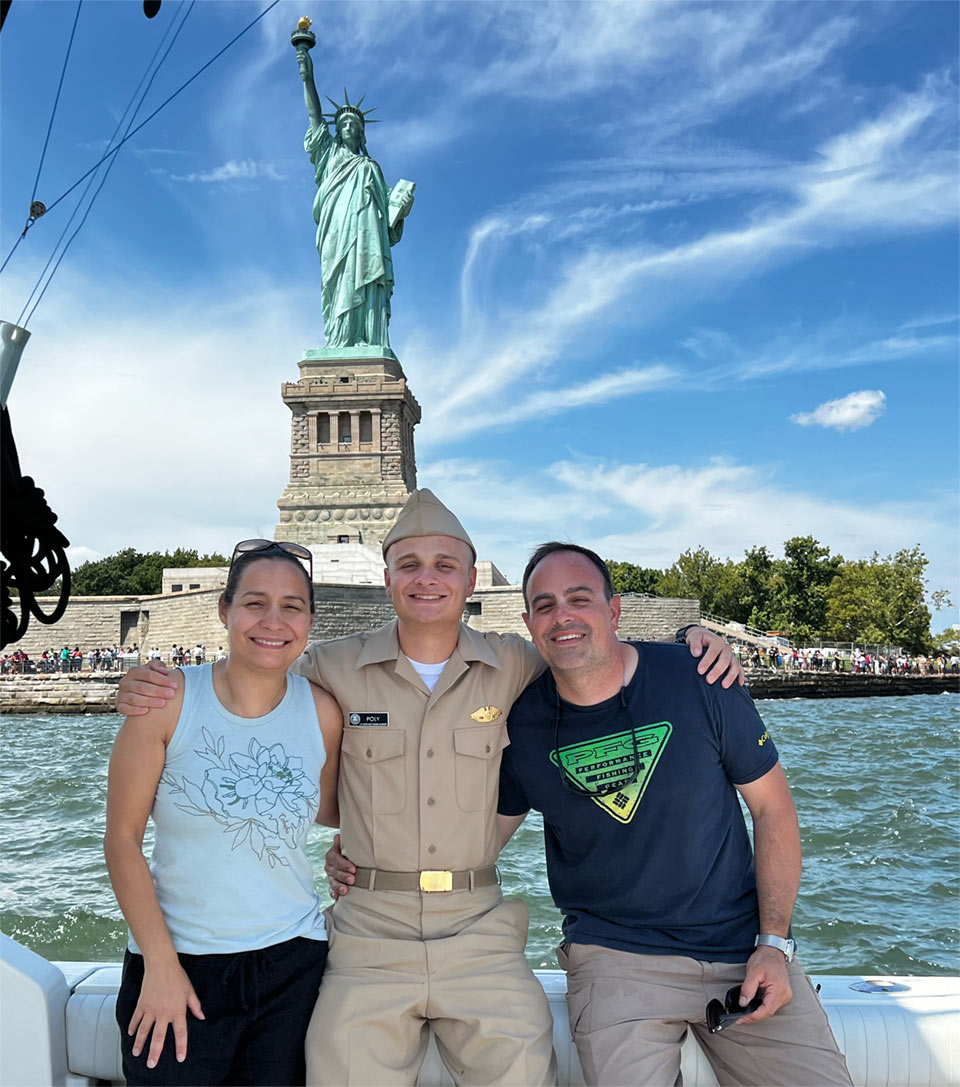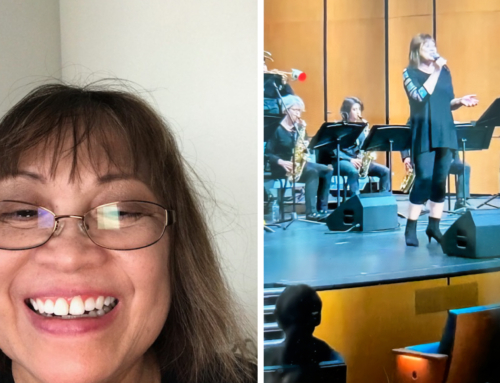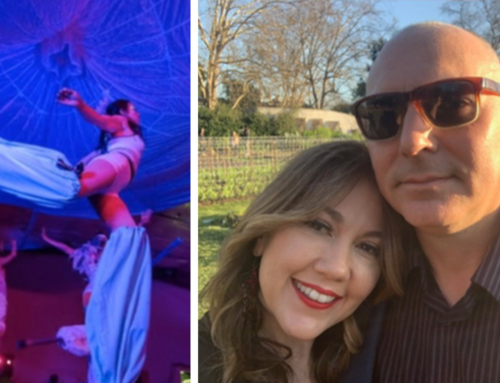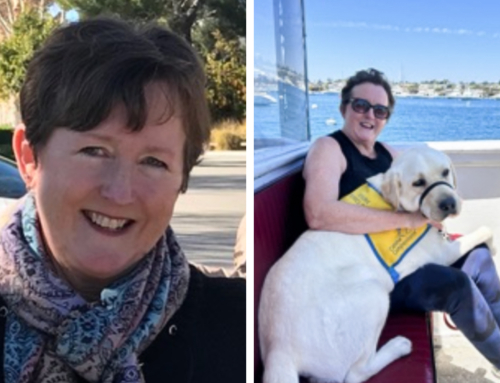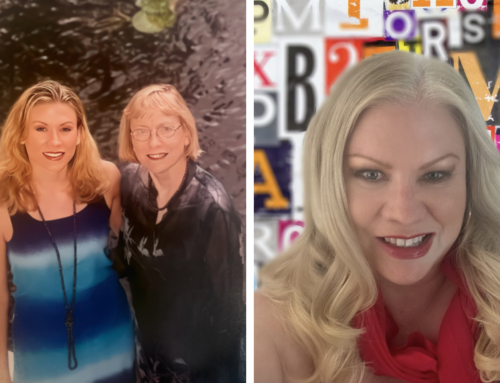“My advice for other DCIS patients is to do your research and be your own advocate. Trust your instincts. If you don’t have a good feeling, you may need to push for additional testing or a 2nd opinion. And it’s not easy to challenge your doctor. But that’s what you must do until you feel comfortable.”
Liliana had an atypical childhood. She was born in Colombia and raised in Venezuela and has been in the U.S. since she was 15 years old. Today, she is 47, lives in Westport, Connecticut with her husband, and is a full-time mom of 2 kids, including a son who is starting college and a daughter starting her junior year of high school. “My lifestyle is centered around my family. We have a boat and spend a lot of time on the water. That’s what I do – take care of my family and my children. So, choosing the right physicians and the right treatment plan for me following my ductal carcinoma in situ (DCIS) diagnosis was of the utmost importance.”
“I had a mammogram in June and was notified that the radiologist needed to take more pictures. She identified a suspicious lesion and recommended that I have a biopsy, which I did 8 days later. The following day, I was diagnosed with DCIS. I had never heard of DCIS, so I started researching to learn more about it. My mother had breast cancer at 51; today she is 73. Her breast cancer was stage one and she decided to have a mastectomy. She stayed in touch with her oncologist over the years and suggested that I contact him. Since he was a family friend, he got me in the following day.”
“In the initial discussion, the oncologist outlined the steps of my treatment as surgery, radiation and then tamoxifen. I was confused since he was telling me that it was stage zero and noninvasive, yet the treatment plan was very aggressive. I was also very worried about the radiation side effects, especially how it would impact my other breast, my lungs, and my skin. But my oncologist said, ‘this is the standard of care’.”
“In my research I uncovered a genomic test – DCISionRT – that I could take to help determine if I actually needed radiation. Since my oncologist was not familiar with the test, I reached out to PreludeDx directly for more information and spoke with Dede, a nurse and patient advocate at PreludeDx. She was very helpful, and kind and she took her time to educate me about the DCISionRT genomic test and answer all my questions. My oncologist wasn’t very happy with me pursuing options on my own, but he did submit my biopsy and paperwork for the DCISionRT test. When the results came back, the oncologist delivered ‘the good news’. My DCIS was low risk.”
“Prior to receiving my test results, I was leaning towards getting a mastectomy. My oncologist was pushing for radiation, but I really didn’t want radiation and all the side effects.”
“My 10-year total risk of recurrence (DCIS + invasive) was 7% with breast conserving surgery (BCS) alone and 7% with BCS and radiation therapy (RT). The test revealed that for my situation, I would get zero benefit from radiation.”
“I learned that DCISionRT was more specific for DCIS and radiation therapy benefit than OncotypeDCIS. So, when I saw the results, I decided that it wasn’t worth it to have a mastectomy, especially since I was able to eliminate the radiation. DCISionRT really helped me to make my treatment decisions.”
“My oncologist had recommended a breast surgeon, but in my 2nd meeting with her, I brought up DCISionRT and she was not familiar with the test, nor was she interested in learning more about it. So that didn’t feel right to me. I ended up requesting a referral to another breast surgeon. When I met with the other breast surgeon, I already had my DCISionRT results, and this breast surgeon was familiar with the test and agreed with my decision to have BCS and no radiation. So, I am very confident in my treatment plan of BCS only.
“My advice for other DCIS patients is to do your research and be your own advocate. Trust your instincts. If you don’t have a good feeling, you may need to push for additional testing or a 2nd opinion. And it’s not easy to challenge your doctor. But that’s what you must do until you feel comfortable.”

